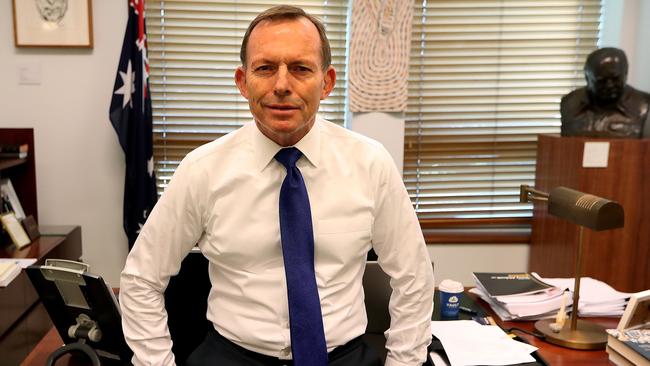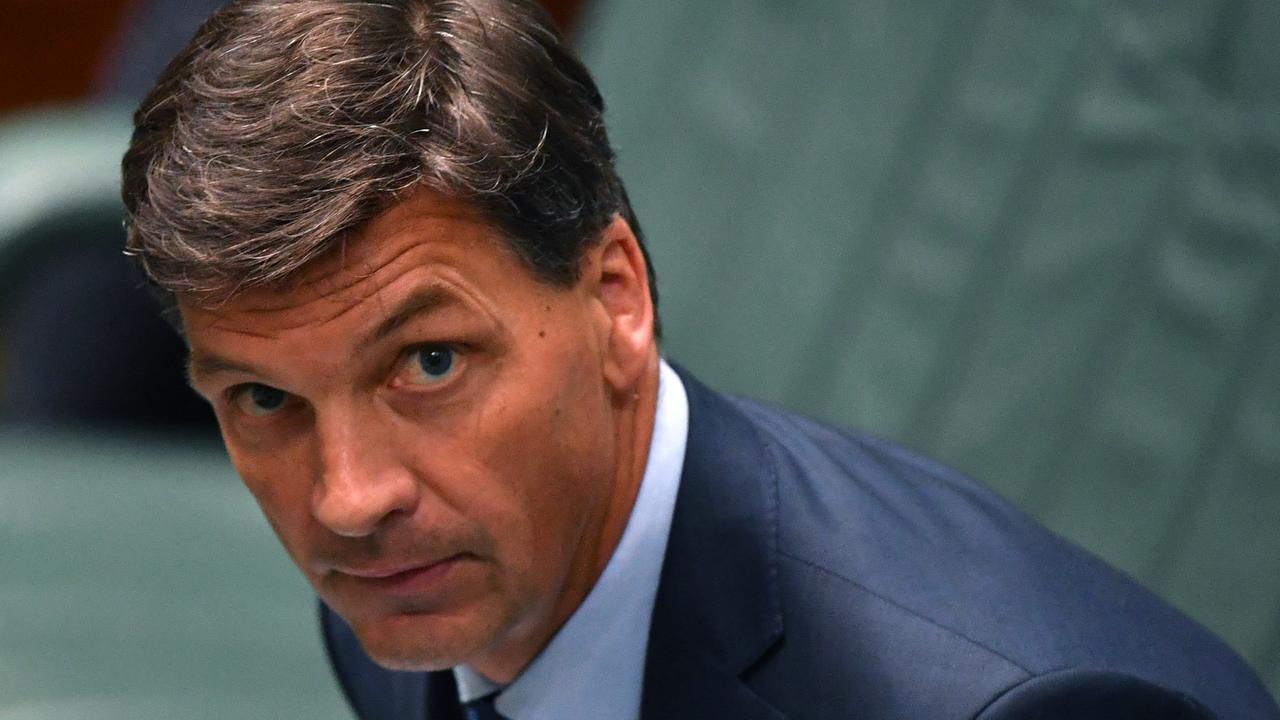History gives Coalition hopes of winning next election
Scott Morrison is in a dire fight for electoral survival. But it could be worse. Just ask Tony Abbott and Paul Keating who pulled off the unthinkable.
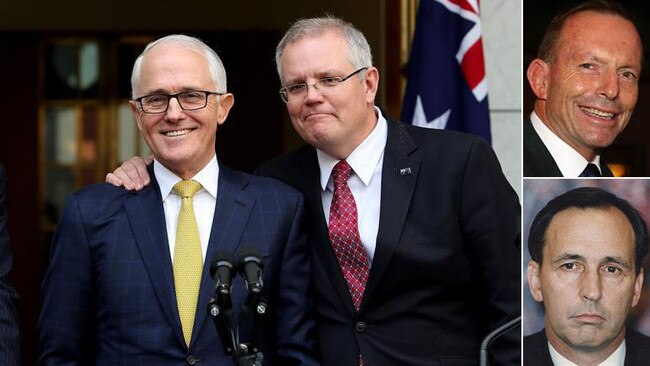
Facing a by-election test in the Sydney seat of Wentworth on Saturday that could remove the Coalition’s majority, Scott Morrison is in a dire fight for electoral survival with only seven months, at most, until the next election.
But for all the poor polling, turmoil within the Coalition, Liberal disruption and Labor discipline, the Prime Minister is not in historically as bad a place as he could be — he’s in a better personal position in the polls seven months from an election than Paul Keating, John Howard (twice) and Tony Abbott when they pulled off victories against expectations.
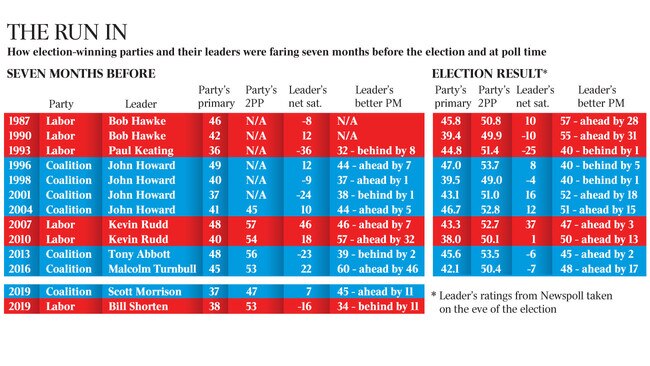
In the latest Newspoll, Morrison leads the Coalition with a 37 per cent primary vote, a two-party-preferred vote of 47 per cent, a net satisfaction of 7 per cent and a preferred prime minister rating of 45 per cent — 11 points ahead of Bill Shorten.
When Keating won the unwinnable in 1993 against John Hewson, his Newspoll ratings seven months from the election were a net satisfaction rating of minus 36 per cent and a preferred prime minister rating of 32 per cent — eight points behind Hewson.
Primary vote then for the ALP was 36 per cent but at the election Labor’s primary vote had risen to 44.8 per cent and Keating’s personal satisfaction had improved to minus 25 per cent, just one point behind Hewson as preferred prime minister.
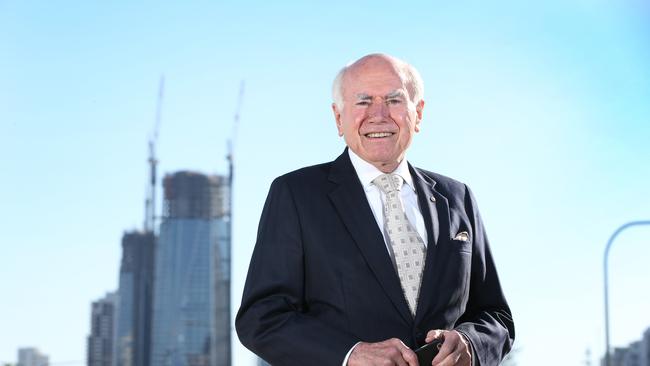
Twice, in the GST election of 1998 and the 2001 election after the GST was introduced, Howard was in a worse position than Morrison and recovered to win. In 2004, Howard was in a marginally better position than Morrison seven months before he called the election but was still in trouble against the ALP, but won.
Morrison is in a better position overall, including higher personal standings at this stage of the election cycle than Keating in 1993 and Howard in 1998, 2001 and 2004.
The only two leaders in a better position than Morrison seven months out in the past 30 years were Kevin Rudd in 2007 and again in 2010, although he lost the leadership before the election, and Malcolm Turnbull in 2016 when he lost 14 seats and survived with a one-seat majority.
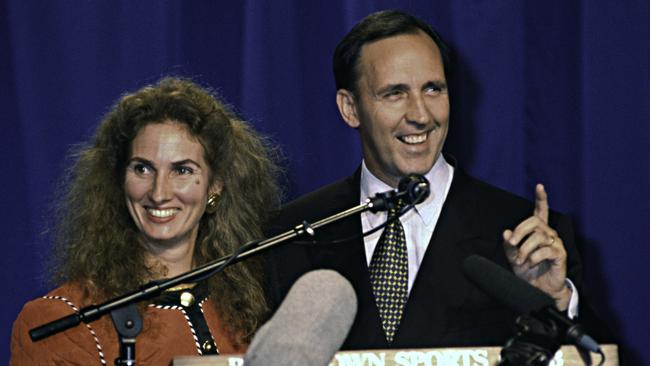
The key to success for leaders who turned around losing positions in six months to win is the primary vote. Keating went from 36 per cent to 44.8 per cent at the election and Howard from 37 to 43 per cent in 2001.
Morrison has steadily improved the Coalition’s primary vote from the disastrous 33 per cent when Turnbull was removed to 37 per cent.
As Prime Minister, he’s lifted his satisfaction with voters to a net plus seven and turned Shorten’s lead as preferred prime minister from six in front to 11 behind.
Paradoxically, Shorten’s personal figures seven months out from an election are the worst of all the leaders including Keating, Bob Hawke, Howard, Rudd, Abbott, Turnbull and Morrison.
History at this stage of the cycle suggests Morrison still has a chance of victory next year but he is going to have to do much better in the next few months.
